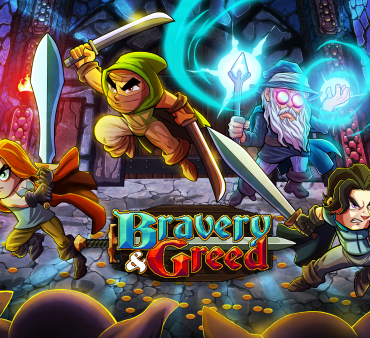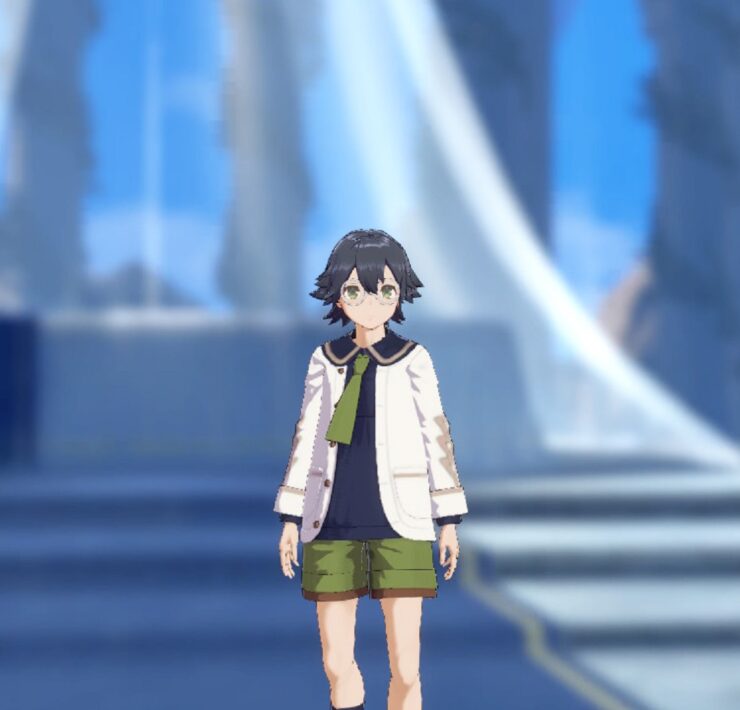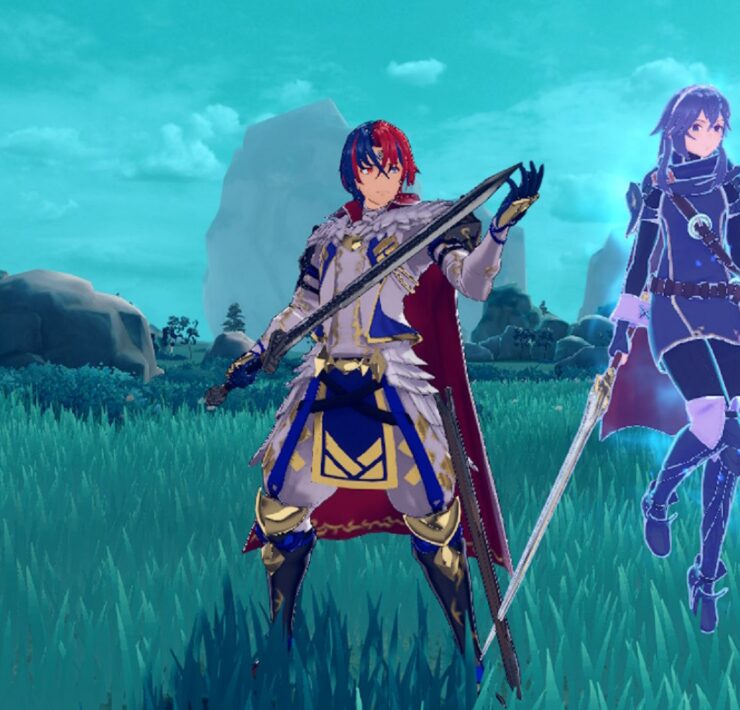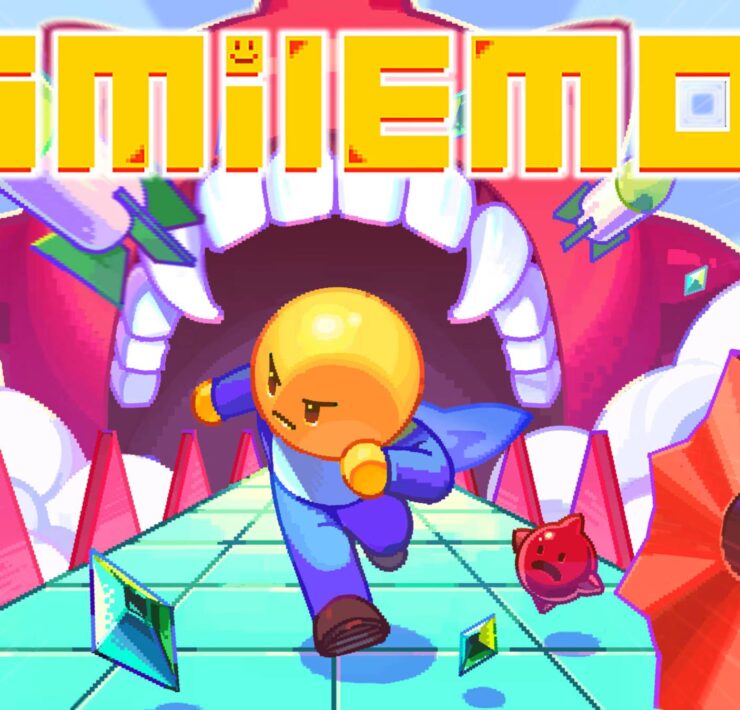Monster Hunter Rise: Sunbreak Switch Review – More of What We Love
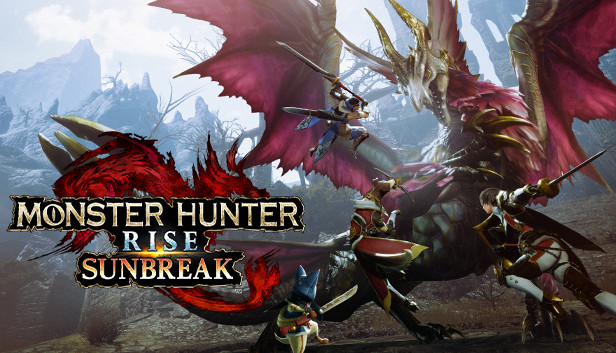
Let me start by saying that Monster Hunter is my favourite series of all time, so when I got the chance to review the newly released DLC that is Sunbreak, I gladly jumped at the chance.
Monster Hunter Rise: Sunbreak adds a plethora of new monsters, weapons, armours, subspecies, and locales. With all that in mind, is the Sunbreak DLC worth the $39.99 purchase? Let’s find out!
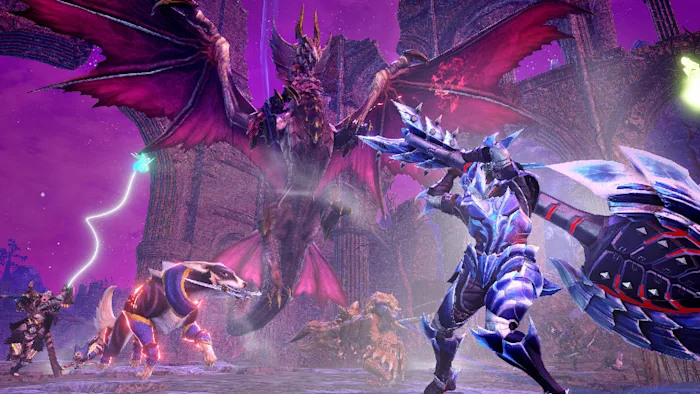
First off, let’s be clear about something, in order to have access to Sunbreak after you have purchased it, you’re going to have had to complete the 7* Hub Quest ”Serpent Goddess of Thunder.”
Now, onto the review. Monster Hunter Rise: Sunbreak is, when it comes down to it, the same great game we know and love. If you’re jumping into it in the hopes that it will bring a different experience, then unfortunately you’re going to be disappointed. This is not a new Monster Hunter game, only an expansion to make an already great game even greater. Let’s face it, Capcom know what they’re doing when it comes to DLC, with how well received Monster Hunter World’s Iceborne was.
Sunbreak’s story continues directly after the base game, after having saved the Village of Kamura from the many monsters that targeted it, you’re then told of a new Village, not so far away that is now being tormented. This would be the Village of Eldago.
The plot is pretty standard for a MH game; there’s a threat of new monsters, you must go out and hunt these monsters (who’d have guessed?), and eventually, the village is safe! But, we don’t actually play MH games for the story, do we?
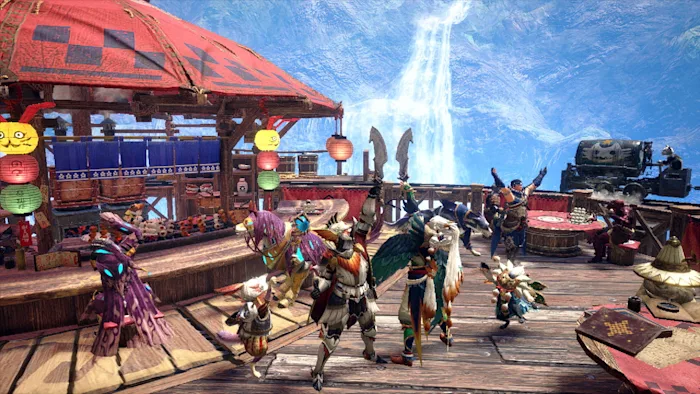
The Village of Eldago introduces a whole host of new characters to become accustomed to, and it is a wonderful area to explore aside from Kamura, albeit a little smaller. But, who cares about that? You have your own room on a ship to customise!
Sunbreak seems to remove the new-to-Monster Hunter Rise Rampage quests (which personally, I really enjoyed as they added a little break in the gameplay) and have swapped them out for Follower Collab quests. These are split into two different quest types: Support Surveys and Follower Quests. Both of these are single-player quest types and are very similar.
Support Surveys allow you to bring up to two AI companions with you on your hunts, also choosing their weapons types – though, this is fairly limited. These companions will assist you during your hunt; attacking the monster, use items, cast weapon skills, heal you and they will even mount monsters where available. Upon orignally beginning these quests, only two will be available to you – Fiorayne and Luchika. Upon completing the Follower Quests, more allies will become available to you.
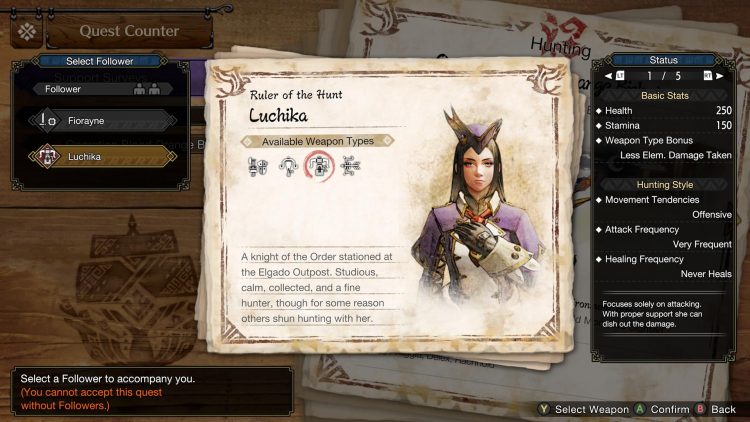
Monster Hunter Rise: Sunbreak brings Master Rank back into play, and players of previous MH games will recognise this. For those that don’t know, Master Rank quests are a difficulty above High Rank, and boy, do they test you. Master Rank quests add a significant ramp up in difficulty, but not too much so that it becomes frustrating. And with Master Rank quests comes Master Rank armour sets and weapons, which are honestly a delight to look through and grind for.
The best part about Sunbreak is the new monsters it adds, both new and old. It features four new-to-the-series monsters: Gaismagorm – the big bad boss of the game; Garangolm – a monster that becomes more enraged the longer you fight it; Lunagaron – a wolf-like monster that takes two forms during battle; and finally Malzeno – a vampire-like creature that inflicts a unique status affect on the player. All four of these monsters are a brilliant addition to the game, causing the player to learn their move sets and movements, but my personal favourite was the Lunagaron, purely because of the armour set it has.
There are nine returning monsters (two of which are to be released in an upcoming update) and these were a great addition to the game because it had me reminiscing about the first time I had ever encountered them. The Daimyo Hermitaur and Shogun Ceanataur, which were introduced in Monster Hunter 2, being my favourites of the bunch. This will be an experience for new and returning players alike, because these monsters and their move patterns have altered slightly.
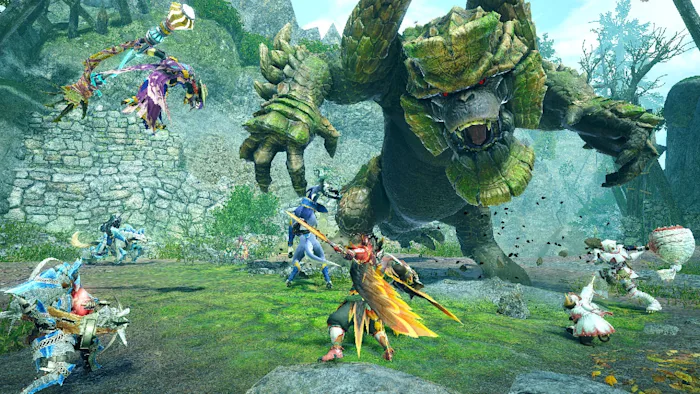
On top of these, there are also some new subspecies and variants to get to grips with. For example, the Blood Orange Bishaten has been introduced where instead of throwing poison fruit it throws explosive pinecones. We now also have the Furious Rajang which stays in its rage form throughout the entire fight, which if you have faces Rajang previously, you know how much of a problem this will cause.
An interesting feature that Sunbreak adds is the introduction of new switch skills as well as the ability to create two separate switch skill loadouts and, well, switch between them in battle with a simple button press. These switch skills allow players to have better control over how they use their weapons. Players will gain two different switch skills for each weapon, and so Sunbreak adds a total of 42 new skills to bring to your arsenal. The use of these switch skills become more important after Master Rank 4, though. I did see myself often forgetting to use these skills, and just becoming so engrossed in a fight that I just didn’t think to use them, but overtime I slowly began to incorporate them into my go-to moves.
Just like the monsters, Sunbreak adds some new and returning maps to the menu. The Jungle, which was first introduced in Monster Hunter 2 has made its return, with some slight upgrades and is a great addition to an already amazing roster of maps. But the main map that has been introduced that caught my attention was the Citadel. This map features many different biomes from forests, to mountains, to ruined castles, and it looks beautiful. But I didn’t expect anything less.
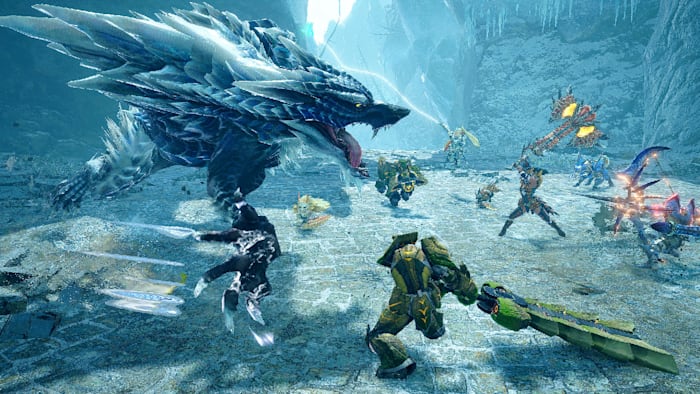
Sunbreak also adds some small additions that only help to improve on the experience you have within the game, such as now being able to simply run towards a wall to initiate a wall run whereas previously you had to perform a wiredash to do so. There has also been more endemic life added throughout the maps with my personal favourite being the Marionette Spiders which not only look adorable, but can also be used to take control of a monster and force it in a desired direction.
Sunbreak also makes slight changes to the Dango Skewers, now giving you access to ”Hopping Skewers” which basically allows you to enchance two of you Dangos at the cost of the first one. Which is a neat little feature to play around with.
Overall, Monster Hunter Rise: Sunbreak expands on the base game in every sense of the word. It offers players an abundance of new content to explore, more monsters to pick apart and more weapons and armour than we can count. Sunbreak is an absolute must for players who enjoyed the base game, and will provide an extra infinite amount of hours of gameplay for you to enjoy.
Monster Hunter Rise: Sunbreak Review provided by Nintendo Link
Publisher: Capcom
Release Date: June 30th, 2022
Price: $39.99, £35.99, €39,99
Game Size: 3 MB (+ MH Rise download and most recent update)
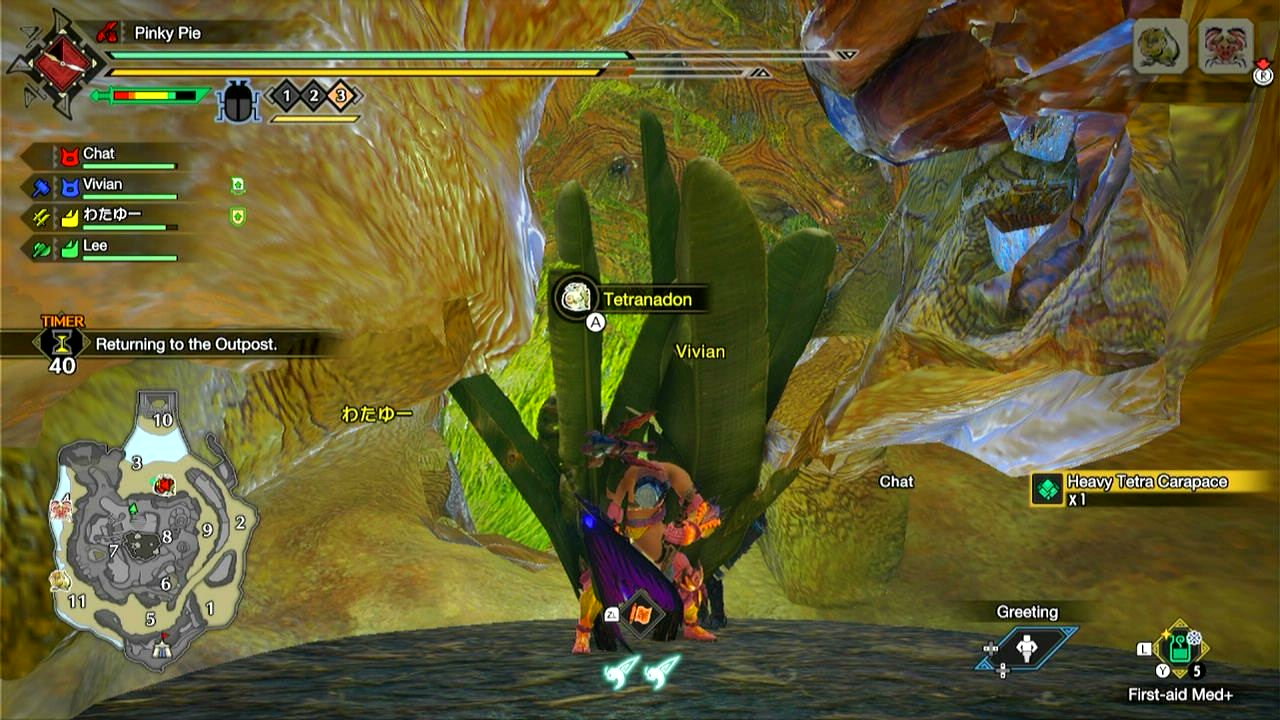
A lot of new content to dive into
New monsters are good additions to the roster
Returning monsters and locales are nostalgic
Good value for money
It’s Monster Hunter?
What's Your Reaction?
A massive lover of all things nerdy, Chelly has been games writing for over 3 years now and hopes to gain more experience and knowledge doing so. Her favourite games are Monster Hunter, Borderlands and Pokemon.







